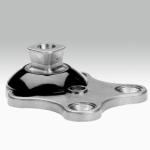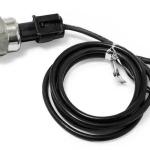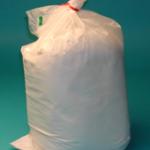The AGM battery dirty secret
The AGM battery dirty secret is there is only enough electrolyte to be able to last the warranty period usually 3 to 5 years - if that long even.. See https://batteryuniversity.com/learn/article/absorbent_glass_mat_agm and https://en.wikipedia.org/wiki/Lead%E2%80%93acid_battery and https://www.knowyourparts.com/technical-resources/blog/three-misconcept…
Simply put the glass mat dries out and it looses CCA and RC and is harder to take a charge. Assuming it has not been abused by overcharging simply open it and fill it with battery acid.. Either drill a hole and then cap it with a rubber plug - or actually most AGM batteries actually simply have caps covered with a hiding strip. Life will return to the battery like new. It may take a few days for the acid to leech all the way to the center of the mat which is tightly compressed against the electrode plates, and the charge cycles will bring it there. If you check the fluid level in a few days - it may have dropped due to this soak in - meaning - yes - the mat was dried out. Just top it off over the plate structure again with acid.
Frankly most all battery cases share a mold with regular lead-acid batteries from that manufacturer so the caps usually while hidden do unscrew.
The issue is a simple one as old as the lead acid battery itself. How to keep the electrolyte in fresh and replenished contact with the electrodes. The AGM design does that but to restrict the available electrolyte to what is in the mat is to build in failure as it dries out - and that is exactly what happens. Heat is not good for an AGM battery for this reason and brand new AGM batteries basically have been know to refuse to take or hold charge - cured by opening them and filling with battery acid - NOT water - but battery acid that would have properly completed the AGM design that effectively keeps the electrode plates from also crumbling over time.
The first lead-acid gel battery was invented by Elektrotechnische Fabrik Sonneberg in 1934. The modern gel or VRLA battery was invented by Otto Jache of Sonnenschein in 1957. The first AGM cell was the Cyclon, patented by Gates Rubber Corporation in 1972 and now produced by EnerSys.
Thia author worked at the Keefe Ave battery plant of Globe-Union - Johnson Controls in Milwaukee WI in the battery lab where we tested new designs and cut open failed ones and core returns to see why they failed.
We had pre release AGM batteries in the lab for durability and load testing - both a dry cell and flooded versions - with various plate alloys - hard for deep cycle and soft composite like automotive style.. My supervisor and management in general did not want to put them into production for marketing as a product because their life was too long and performance too good. That was in1975. After the first company put them into production the genie was out of the bottle and still in late 2019 they are sparse on the shelves and at least 30% more in cost.
Each of the major battery manufactuers makes batteries sold under several different brand names. Delphi makes ACDelco and some EverStart (Wal-Mart) models. Exide makes Champion, Exide, Napa, and some EverStart batteries. Johnson Controls makes Diehard (Sears), Duralast (AutoZone), Interstate, Kirkland (Costco), Motorcraft (Ford), and some Evers tarts. In this case, Super Start is a retail brand name for batteries made by East Penn / Deka. WestCo is another brand owned by East Penn. Marathon batteries -- or at least the Miata battery -- is a store brand East Penn battery. It appears that Napa batteries are from East Penn. In many places, the AAA batteries are from East Penn. Obviously, Deka batteries are from East Penn. Under the label peeled off to get at the caps - my Super Start bone yard special said "Made in Germany" so that explains why it looks like a Bosch battery. Johnson Controls sold its battery business in 2019. Odessey and North Star make their own and make the only true pure lead AGM batteries. North Star was started by people who left Odessey. Those pure lead AGM units when flooded could in theory last close to "forever".
In reality it cost LESS to make AGM batteries than manufactuers claim and they use a quart Less of acid to activate. Unless you modify it by flooding - it may die even a faster death by drying out in underhood heat or it gets hot charged when it gets weak - which of course usually won't work or may finish the AGM battery off.
Most maintenance free batteries were AGM but not called that until recently.
Here is an example. In a bone yard there was a Group 49 Super Start AGM Platinum battery - "behind the sales counter". The claim by staff was that the battery would not take a charge and would not hold the small charge it did take longer than overnight. According to its manufacture sticker it was made in 12/18 and this was 7/19 barely six months later. The battery tester showed it had 719 of the 900 rated Cold Cranking Amp rating - at 11.7 volts it was reading. Could be a dead cell - but not likely with that high a CCA measurement. It was purchased on the bet that it had simply been hot charged and thus gassed off and dried out the AGM mats. It was hooked up to the dual alternator system of the vehicle and driven about 30 minutes - and at the other end of the trip - the charge was now 12.25 volts. So . . . there was no dead cell or it would not have gotten over that 11.7 volts. Over two days charging using the alternators would not get the battery above 12.54 volts and that was at a real hard charge - but this vehicle has a dual alternator commercial 14.3 volt set point heavy duty regulator system that will max out the alternators which are dual 200 amp units and float at 13.1 volts.. Enough was enough and so opening the case caps was embarked upon - and when the first cell opened - with a whoosh of air - it was fair to say the battery had been gassed badly and the vents did not let the pressure - actually Hydrogen - escape. A quart of acid distributed in the cells - and without any charge at all - the voltage jumped to 12.66 volts. Another drive of about thirty minutes and the voltage was up to 12.9 volts and it holds now settled to 12.8 volts after reaching 13.1 volt float charge.. That was a $200 AGM basically new battery found at Oreilly Auto purchased for $25.00 from a bone yard because others did not know what to do.
Even the largest h8 or group 49, 31 or 94 only takes about a quart of acid to top it off to cover the plates.
It is a good idea to use a tester like a Foxwell BT-100 to see the before and after results. AGM deep cycle batteries have been flooded like this and are found to be still going after 15 years flooded. Why would the battery manufacturers want you to know this?? They don't. . . . of courerse they don't .
See also https://bigbay4bestbuys.com/GM_6.5_diesel_dual_alternators_and_the_batteries



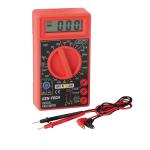

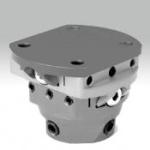


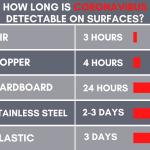 ,
,  ,
, 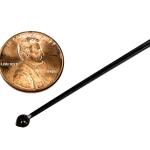 ,
, 
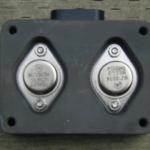 ,
,  ,
, 

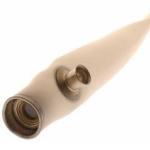 ,
, 
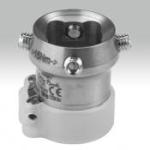
 ,
, 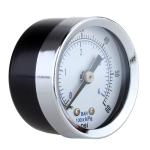
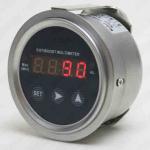
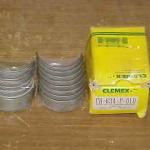



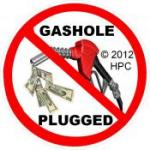



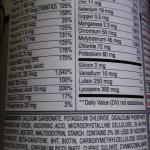 ,
,  ,
, 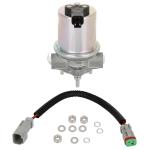
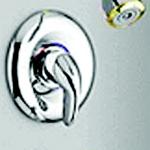

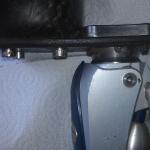
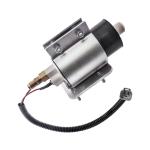
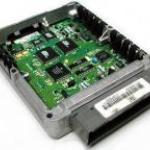

 ,
, 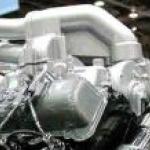 ,
, 


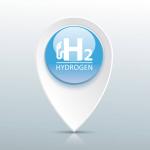

 ,
, 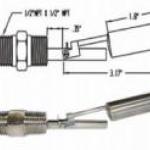



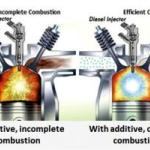
 ,
, 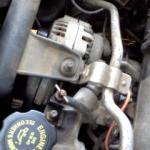 ,
, 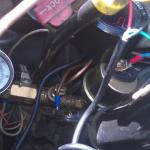
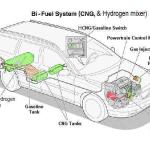
 ,
, 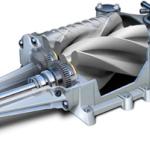 ,
, 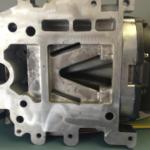 ,
,  ,
,  ,
, 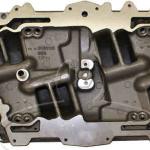
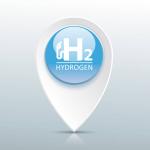
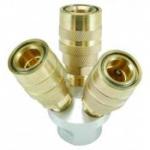
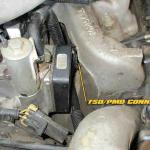 ,
,  ,
, 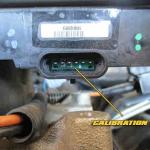 ,
, 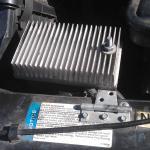 ,
, 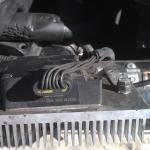
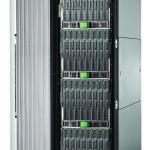

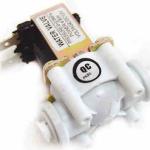

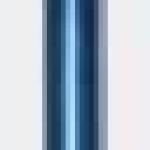

 ,
,  ,
, 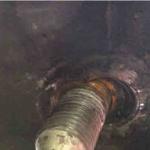 ,
,  ,
, 

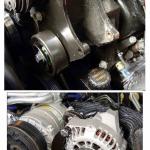 ,
, 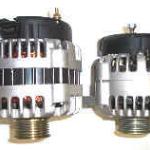 ,
, 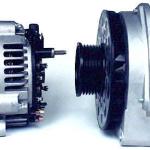 ,
,  ,
, 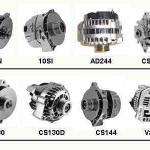
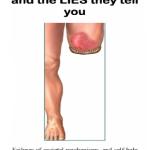
 ,
,  ,
,  ,
, 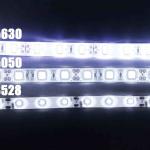
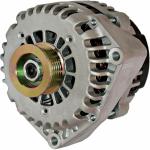 ,
, 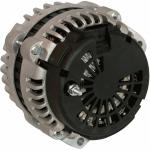 ,
,  ,
, 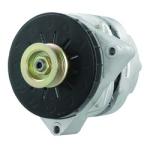
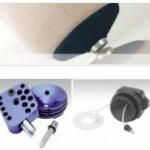
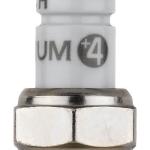
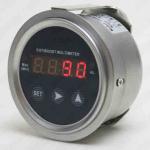

 ,
,  ,
,  ,
, 
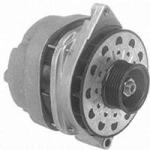 ,
,  ,
, 
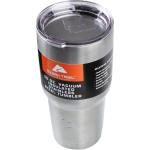
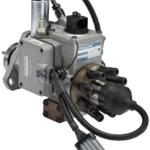

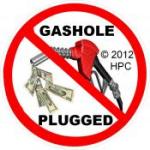
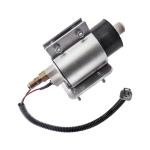
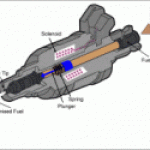
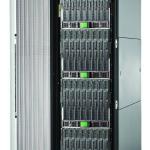
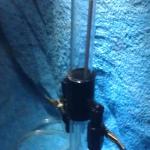 ,
, 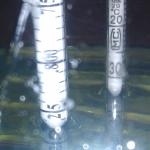 ,
, 
